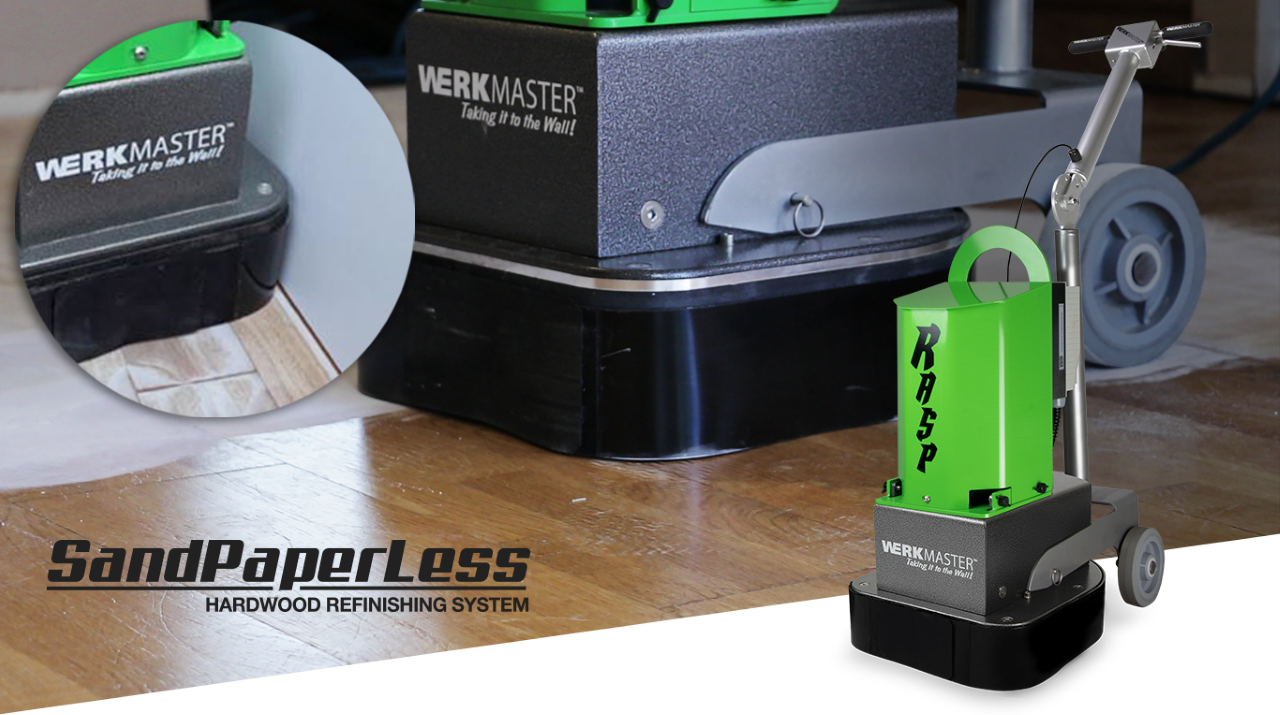
How tricky can it be to refinish an engineered hardwood floor?
Published by The WerkMaster Team on
Nov 8, 2022 2:42:07 AM
Well traditionally the answer was – very! All that has changed in the past few years and now refinishing is one of the most sustainable and cost saving choices you can make for your customers.
Spoiler alert – if you don’t have time to read this piece click here for the machine that makes it all possible.
Back in the 1960s, engineered hardwood floors (EHFs) were launched into the flooring market mainly for use in basements and first floors built on concrete slabs. Fast forward 50 or so years and a report by Grand View Research* shows that in 2019 EHFs accounted for more than half of the North American wood floor revenue of US$4.6 billion. Of this number 52% are replacement floors and the balance are new constructions.
If replacement floors comprise 52% of the annual wood floor market, very likely it is these 1960’s EHFs are being replaced. The reason for this assumption is, originally EHFs had an extremely thin layer of high-quality wood over less expensive white wood. These old floors generally cannot be reclaimed, in most cases old materials head straight to landfill. Before we come to some pros and cons between flooring choices, looking at the bigger picture, no matter how sustainably a forest is maintained, the continued consumption of raw materials is damaging to the environment.
The jury was out for a while on whether a solid wood floor (SWF) was more environmentally friendly than and an EHF. The pros and cons – SWFs use more wood but travel less as they are milled closer to forests and installation sites, they are durable and easily refinished yet are a costly option. EHFs use less wood, but
usually travel to China for manufacturing before being shipped back to North America for installation. Yet, they are cheaper to buy and install; additionally they have a tough wearing aluminum oxide finish.
The problem has been removing this aluminum oxide coating without potentially destroying the EHF. Using traditional, aggressive, equipment meant risking cutting through that thin wear layer and ruining the whole floor. Professionals and DIYers alike were worried about making “divots”, “stall marks” and “chatter marks” all of which made refinishing a tricky option. Now, using the WerkMaster RASP™ you can use one machine to effectively skim the surface of the floor.
The RASP™ removes the aluminum oxide using our patented machine and diamond abrasive tools, the result is a clean, flat floor, the machine can also be used to stain the floor and to buff as a final step. This is a 4-in-one machine that can be used on most EHF that have no less than 1/8” wear layer.
The jury is back in – the most sustainable option is to refinish a worn EHF instead of
replacing it!
Your customer will benefit from this less expensive option, with the added benefit of reducing the use of raw materials combined with fewer carbon emissions caused by shipping materials to and fro across the ocean.
We would love your comments and opinions of this sustainability topic, and if you have used the RASP™ please let us know your thoughts on how it worked for you.
Sign up to our mailing list
Keep up to date with our products, specials, trade shows and training events!
